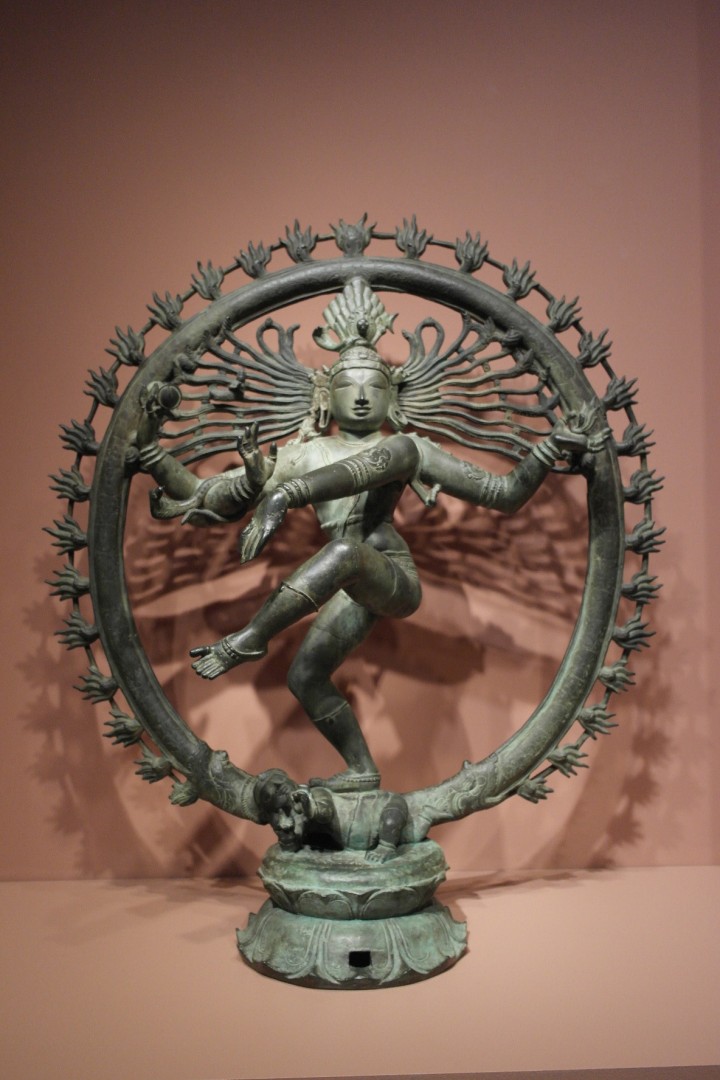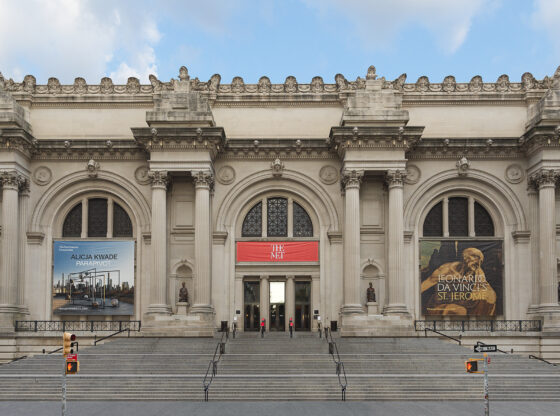Tucked away on the fifth floor of the Denver Art Museum is the Asian Art collection, which has been compiling art since the Northern Building opened in 1971. The collection is divided into five galleries that embraces different areas of Asia.

Part of the collection includes a variety of symbolic artwork from China, India, Japan, Korea, Southeast Asia, Southwest Asia, Tibet and Nepal. Additionally, the gallery has also grown to include sections of Bamboo in East Asia, Everyday Traditions in South and Southeast Asia, and Buddhist Art.
Art collector Walter C. Mead was the first individual to donate to the Asian Art collection upon moving to Denver in 1915 and, in response, the Denver Art Museum decided to include Asian Art as part of a larger exhibition of world art. Another couple, Harry B. Goodwin and Mary Guthrie Goodwin, also donated some of their Asian art in the 1940s that included pieces from South Asia and India.
However, art collectors aren’t the only ones showing interest in this exhibit. DU Art History Professor Sara Magnatta is offering a class this quarter called “Sacred Spaces in Asia” that explores the artistic traditions of Asian regions as well as the changing context and meaning of such works. One of the class assignments required students to attend the gallery and write about a piece of artwork in relation to the class.

Marisa Margolies from Boca Raton, Florida, is a junior majoring in international business. She has a strong passion for art in general, but finds great solitude in Asian art. “I love Asian Art because, unlike other art that ties in religion to works, Asian art to me is realistic. It depicts religion, but also true symbolism of humans and their interactions with the artworks themselves and these arts depict teachings that allow humans to change behaviors.”
After exploring the collection on Feb. 13, Margolies walked away with a central focus for her paper. “My favorite piece of the exhibit was the ‘Shiva, the God of Dance.’ It has so many small symbolisms that I would have never even noticed if we did not talk about its culture in class,” says Margolies. “It is so sad that it is not more recognized because this Asian Art is truly beautiful. Not just because of the in-depth detail, but for what it resembles. It is truly simplistic and beautiful how in touch Asian Art is with true human nature and portrays religion in a naturalistic way that is more practical to real life and human nature.”
The Asian Art collection is included in general admission that costs $8, with which guests may enjoy several other exhibits in the gallery as well.
The vast array of content is both serene and majestic. The 22,000 square feet that make up this collection provides great insight into a complex culture and intertwines the stories of different people.











